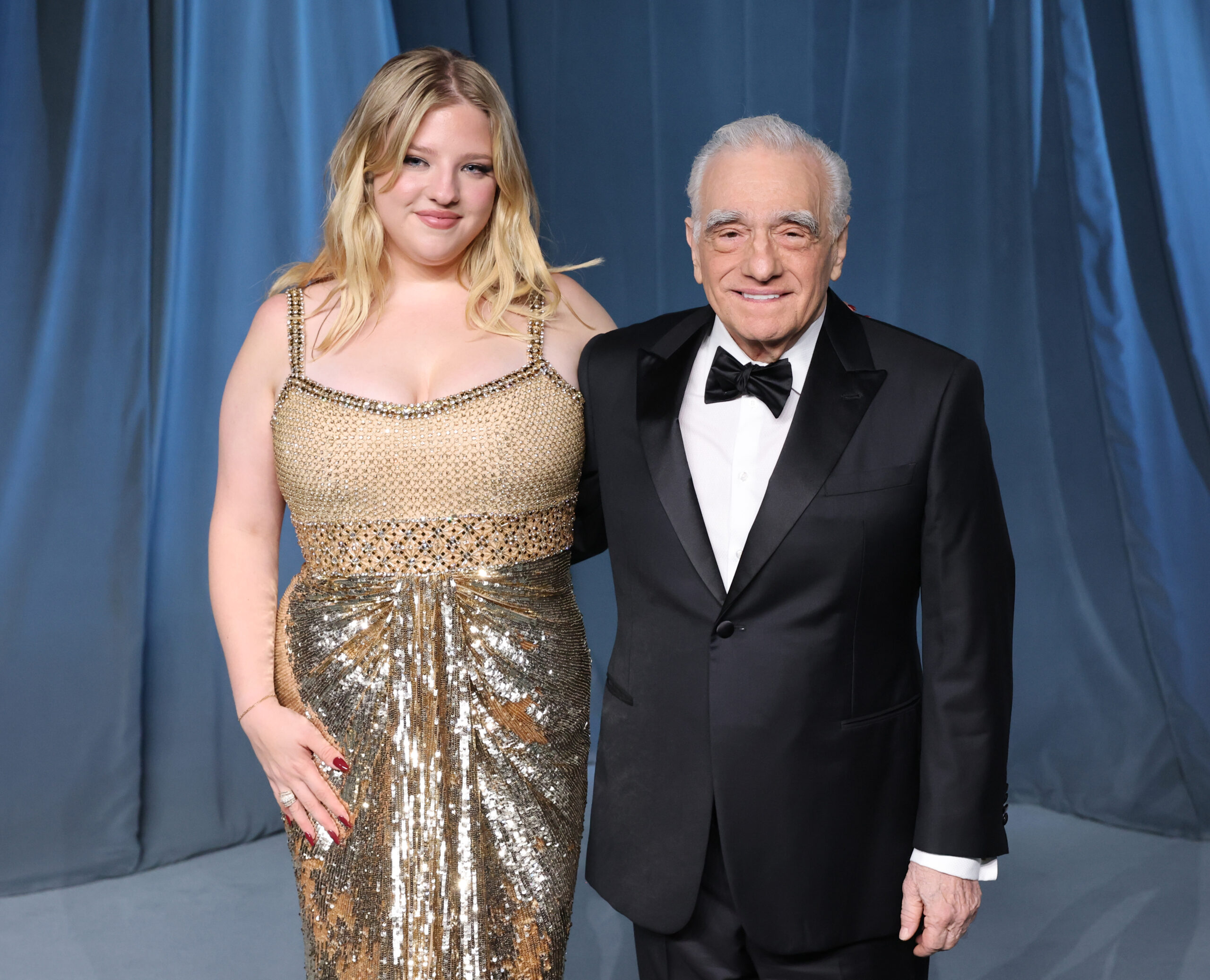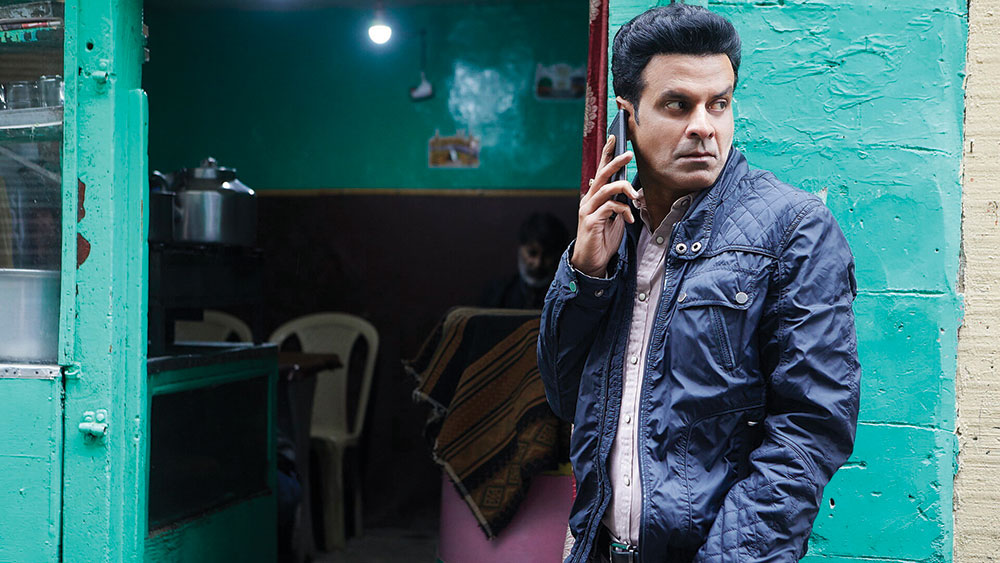The glorification of saints in Martin Scorsese’s ‘The Saints’ is a dangerous attempt to rewrite history and manipulate faith for entertainment, echoing the divisive narratives of modern politics and religious extremism, as it risks alienating believers and non-believers alike.
Martin Scorsese’s docudrama series “The Saints” on Fox Nation is set to return for its second season on November 16, with an episode dedicated to Saint Patrick. This series, hosted, narrated, and executive produced by the iconic director known for films like “Goodfellas,” aims to explore the lives of various Christian saints. The first season delved into figures such as John the Baptist and Mary Magdalene, presenting their stories through a lens that blends historical narrative with dramatic storytelling.
The portrayal of saints in popular media is not a new phenomenon. Throughout history, religious figures have often been adapted into various forms of entertainment, from literature to film. However, the intersection of faith and entertainment raises significant questions about authenticity, representation, and the potential for manipulation. Scorsese’s approach, while artistically compelling, invites scrutiny regarding how these narratives are constructed and the implications they carry for contemporary audiences.
Saint Patrick, the focus of the upcoming episode, is a particularly interesting figure in this context. Traditionally celebrated as the patron saint of Ireland, his legacy has been shaped by centuries of cultural and religious narratives. The historical Patrick was a 5th-century missionary credited with converting the Irish to Christianity, but much of what is known about him is steeped in legend. The story of Patrick driving the snakes out of Ireland, for instance, is widely regarded as symbolic rather than literal. This blending of myth and history is a hallmark of saintly narratives, and Scorsese’s dramatization may further complicate the line between fact and fiction.
The potential for controversy lies in how these stories are framed. In an era where religious beliefs are often at the forefront of social and political debates, the representation of saints can evoke strong reactions. For some, these figures embody ideals of virtue, sacrifice, and moral guidance. For others, particularly those who may feel marginalized by organized religion, the glorification of such figures can feel exclusionary or even oppressive. Scorsese’s work, while undoubtedly artistic, risks alienating segments of the population who may not resonate with the traditional narratives being presented.
Moreover, the series raises questions about the role of media in shaping religious discourse. In a landscape where misinformation can spread rapidly, the portrayal of saints in a docudrama format may contribute to a simplified understanding of complex theological concepts. The dramatization of sacred figures can lead to a dilution of their significance, reducing profound spiritual narratives to mere entertainment. This is particularly relevant in a time when religious extremism and fundamentalism are on the rise, as the way saints are depicted may influence how faith is perceived and practiced.
The first season of “The Saints” featured prominent figures from Christian history, which invites a broader discussion about the selection of saints and the narratives that are prioritized. The choice of saints often reflects cultural biases and historical contexts, raising questions about whose stories are told and whose are omitted. This selective storytelling can perpetuate stereotypes and reinforce existing power dynamics within religious communities.
As Scorsese prepares to delve into the life of Saint Patrick, it is essential to consider the implications of this portrayal. Will the series honor the complexities of Patrick’s legacy, or will it succumb to the temptation of oversimplification? The challenge lies in balancing the dramatic elements of storytelling with the need for historical accuracy and respectful representation of faith.
In addition to the narrative choices, the production itself is noteworthy. Francesca Scorsese, Martin’s daughter, is set to direct an episode, marking a significant moment in the intersection of family legacy and professional collaboration. This dynamic adds another layer to the series, as it reflects the personal investment of the Scorsese family in the project. However, it also raises questions about nepotism in the industry and whether familial connections can overshadow merit in creative endeavors.
The anticipation surrounding the second season of “The Saints” reflects a broader cultural fascination with the lives of saints and their relevance in contemporary society. As viewers engage with these narratives, they are invited to reflect on their own beliefs and the role of faith in their lives. However, this engagement must be approached with a critical eye, recognizing the potential for manipulation and the need for nuanced understanding.
In conclusion, the return of “The Saints” for a second season is a significant cultural event that warrants careful examination. As Scorsese and his team navigate the complexities of faith, history, and storytelling, the impact of their choices will resonate far beyond the screen. The series has the potential to spark important conversations about the intersection of religion and entertainment, as well as the responsibilities that come with depicting sacred narratives in a modern context.





